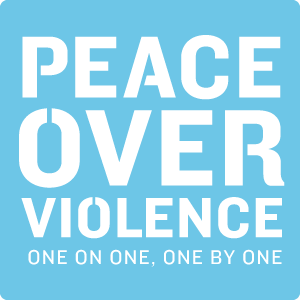The Empty Chair
New York magazine’s cover photo of 35 victims/survivors of sexual assault might be the most powerful collective resistance against the shaming and blaming of victims of rape I’ve seen in over 35 years of work in rape prevention and intervention.
Thirty-five of the known forty-six Cosby victims came forward and sat for a photo with their full names displayed. Each woman described in her own words the manipulation, coercion, grooming and drugging that led to rape. The empty chair is a symbol for those women not photographed or not known. Many of these women had gone public years ago. Instead of being listened to and validated, they were stigmatized and dismissed. This photo of the 35 will go down in the history of the anti-rape movement as a significant blow against forced anonymity and victim blaming. The sorority of sexually assaulted women is uncountable. It’s a club of millions that no one wants to belong to but of which everyone unsuspectingly knows a member. But, these brave women individually, and now collectively, are sending a shock to the system of shame and blame. These women are now teachers to a society that regards sexual violence through a lens of misconceptions, myths and lies. Their stories bust the myth of the stranger rapist as being the one to fear while the acquaintance or the friend, the boss, the neighbor, the relative, the coach, the priest, the teacher who are all close by are able to groom their victims and abuse at will.
The acquaintance rapist is the hardest to prosecute because of the issue of consent and the fact that these assaults are within the sexual arena and often within relationship of some kind. Again more lies—“she wanted it’, “it was consensual sex”, “ she was drinking”, “we did drugs together”…the excuses go on and on and prosecutors decline to prosecute because juries believe the excuses and often blame the rape victim. The empty chair is also there for every rape victim who has not been able to come forward, either privately or publicly, who was not able to speak their truth or speak their truth to power. The empty chair is also there for every one of us who might now dare be open to hear, to listen, to believe. Wouldn’t it be great if the empty chair became “the compassion chair”? A seat in which we could “sit with” what happened to the victims—of all ages, genders, backgrounds and circumstances and not pre-judge or shame. If that chair could be filled through education and compassion to eliminate the ignorance and hatred perhaps we could really “occupy rape culture” and end it.


